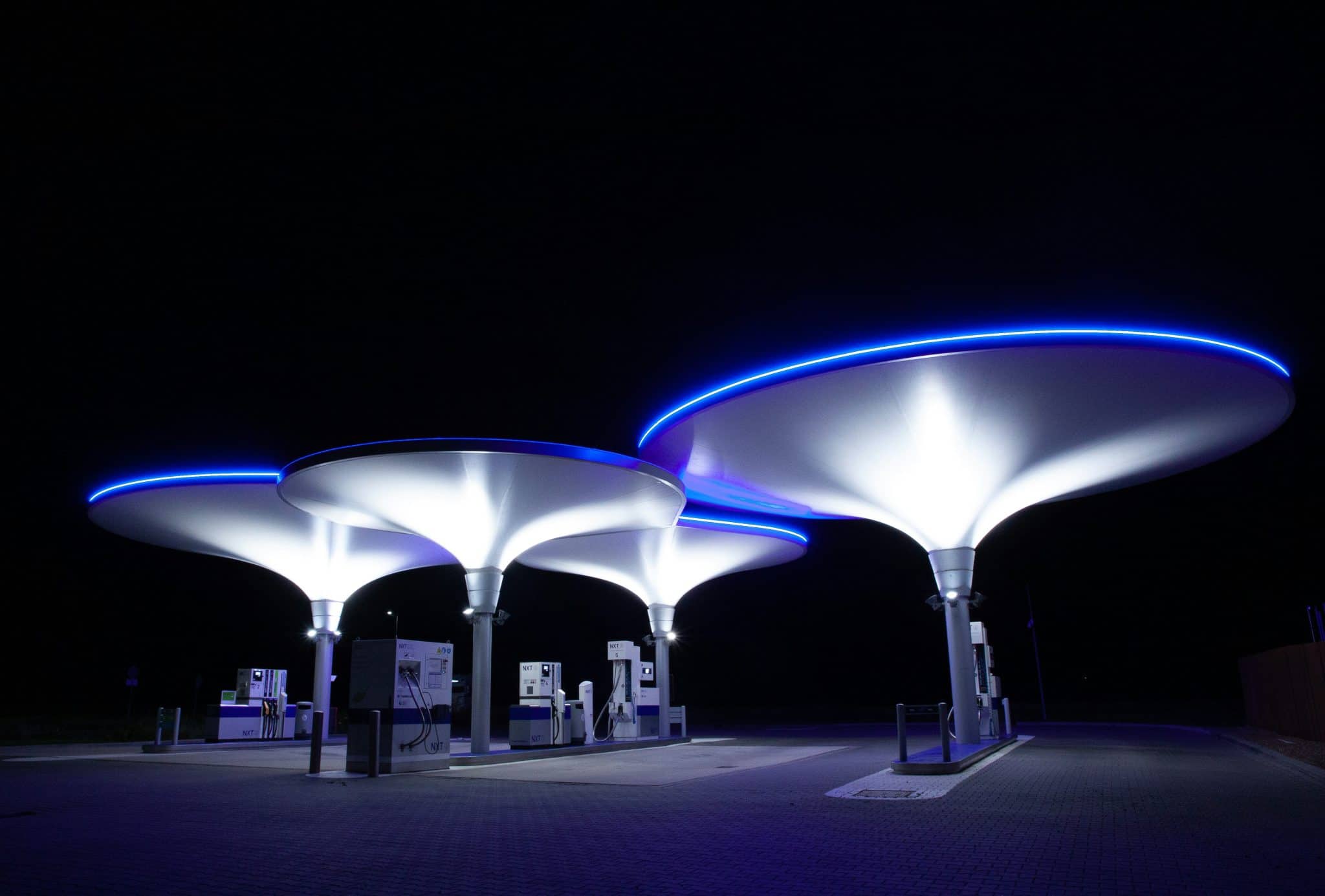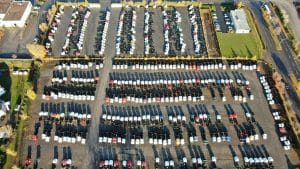Hydrogen Refueling Networks Expand in Major Cities
As the world continues to shift towards renewable energy sources, hydrogen fuel has emerged as a promising alternative to traditional fossil fuels. And as demand for clean energy solutions grows, major cities around the world are beginning to invest in the development of hydrogen refueling networks. These networks, which consist of a series of stations where hydrogen-powered vehicles can fill up, are expanding rapidly in many urban centers. In this article, we’ll take a closer look at this trend and explore how hydrogen refueling networks are expanding in major cities.
The Rise of Hydrogen Fuel
The use of hydrogen as a fuel source has been gaining traction in recent years due to its potential to significantly reduce carbon emissions and address the impact of climate change. Hydrogen fuel cells convert the chemical energy of hydrogen into electricity, producing only water and heat as byproducts. This makes hydrogen fuel a clean, efficient, and environmentally friendly option for powering vehicles and machines.
The adoption of hydrogen fuel has been particularly prominent in the transportation sector, with many automakers investing in the development of hydrogen-powered cars and trucks. Unlike electric vehicles, which typically require hours to charge, hydrogen cars can be refueled in a matter of minutes, making them a more viable option for long-distance travel.
The Need for Hydrogen Refueling Networks
As the demand for hydrogen fuel continues to grow, there is a growing need for infrastructure to support the widespread use of this clean energy source. This is where hydrogen refueling networks come in. These networks consist of a series of stations strategically located throughout a city where hydrogen-powered vehicles can fill up.
One of the biggest challenges facing the widespread adoption of hydrogen fuel is the lack of refueling infrastructure. Without a reliable and accessible network of refueling stations, it becomes difficult for consumers to make the switch to hydrogen-powered vehicles. This is why many major cities are investing in the development of hydrogen refueling networks to address this barrier and promote the use of clean energy.
Expansion of Hydrogen Refueling Networks in Major Cities
Los Angeles, California
One of the most notable examples of a city investing in a hydrogen refueling network is Los Angeles, California. The city has committed to building 100 hydrogen refueling stations by 2025 to support the growing fleet of hydrogen-powered vehicles on its roads. The ambitious goal is part of the state’s broader plan to reduce greenhouse gas emissions and transition to cleaner energy sources.
The California Energy Commission has also approved funding for the development of 48 hydrogen refueling stations in the state, with a particular focus on locations in major cities like Los Angeles and San Francisco. These new stations will significantly expand the existing network and make it easier for consumers to make the switch to hydrogen-powered vehicles.
Tokyo, Japan
In Tokyo, Japan, efforts to expand the city’s hydrogen refueling network have been even more ambitious. The city has set a target of 35,000 fuel cell electric vehicles and 160 hydrogen refueling stations by 2025. The Tokyo Metropolitan Government has also been working closely with private companies to develop and deploy hydrogen refueling infrastructure throughout the city.
Innovative solutions, such as setting up hydrogen refueling stations at convenience stores, are being explored to make the network more accessible to consumers. Tokyo is also hosting the 2020 Summer Olympics, which has provided an extra push for the expansion of the city’s hydrogen refueling network as part of its efforts to showcase sustainability and innovation.
The Future of Hydrogen Refueling Networks
As governments and businesses around the world continue to prioritize clean energy solutions, the expansion of hydrogen refueling networks is expected to accelerate. Major cities are leading the way in this development, and we can expect to see more and more hydrogen-powered vehicles on the roads in the coming years as these networks expand and become more accessible to consumers.
In addition to being a vital piece of the puzzle in the transition to a cleaner and more sustainable future, hydrogen refueling networks also have the potential to bring economic benefits. The development and operation of these networks will create jobs and drive innovation, contributing to the growth of local economies.
Conclusion
With the growing demand for clean energy solutions, the expansion of hydrogen refueling networks in major cities is a significant step towards a greener, more sustainable future. As we continue to look for ways to reduce our carbon footprint and address the impacts of climate change, the development of these networks will play a crucial role in paving the way for a more environmentally friendly transportation sector. With continued investments and development, we can expect to see hydrogen refueling networks become even more prevalent and accessible in our major cities in the years to come.











